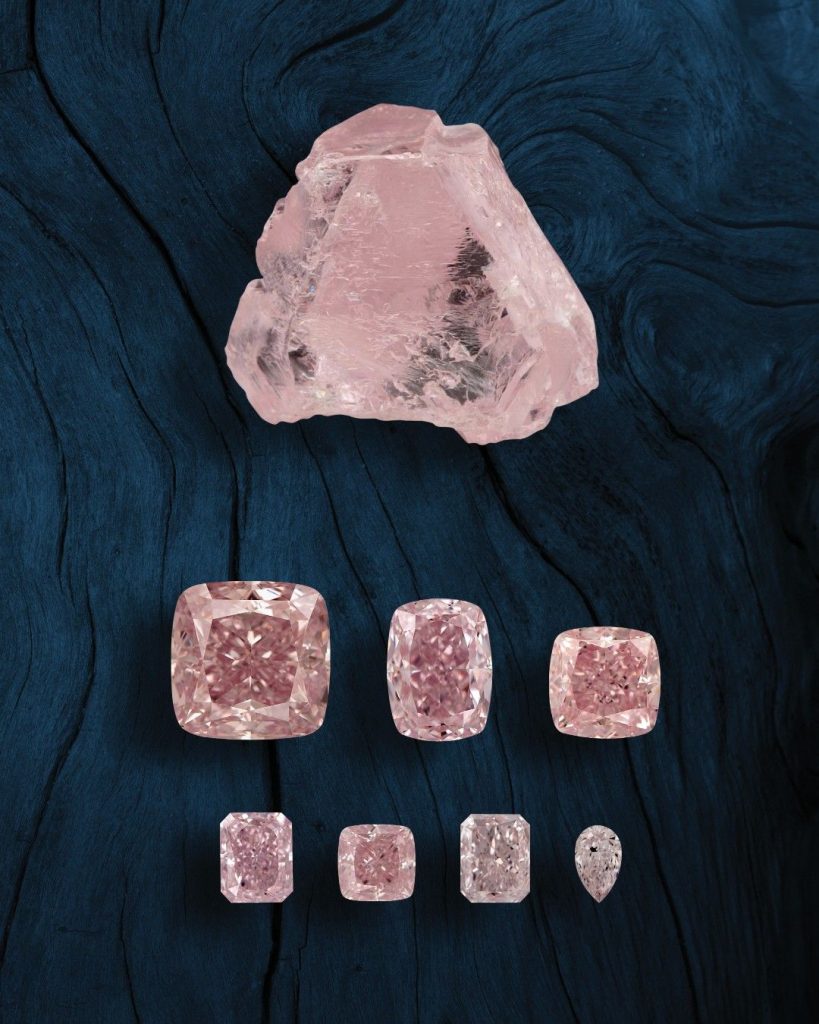
Dubai, UAE – Gaston International, part of Dubai’s Jemora Group, has finalised an agreement to acquire Lucapa Diamond Company Ltd., securing control of its mining and exploration assets across Angola and Australia. The deal, valued at approximately USD $10 million, marks a significant shift in ownership for one of the sector’s most recognised niche producers of large, high-value diamonds.
Lucapa, previously listed on the ASX, entered voluntary administration in May 2025. Administrators Richard Tucker and Paul Pracilio of KordaMentha Restructuring oversaw the sale process after assessing the company’s financial position and operational assets.
Strategic Assets in Angola and Lesotho
Lucapa’s flagship holding is its 40% stake in the Lulo alluvial diamond mine in Angola, widely regarded as the highest dollar-per-carat mine in the world, achieving an average of USD $2,806 per carat in 2021. The balance of ownership is held by Angola’s state-owned Endiama and private partner Rosas & Petalas.
Since mining began in 2015, Lulo has yielded an extraordinary run of large and rare stones, including 48 Type IIa diamonds exceeding 100 carats. Among them are Angola’s largest ever recorded diamond—the 404-carat “4 de Fevereiro”—and the 170-carat “Lulo Rose”, a rare pink diamond discovered in 2022. Current estimates suggest Lulo still contains 249,000 carats of recoverable diamonds.
Supporting this production are two modern processing plants capable of handling 600,000 cubic metres of gravel annually, equipped with advanced recovery technology specifically designed to maximise recovery of large diamonds.
In addition, Lucapa retains a 39% interest in the Lulo Kimberlite Exploration Project, with Endiama (51%) and Rosas & Petalas (10%). More than 100 kimberlite pipes have been identified within the concession, several containing Type IIa diamonds—strongly suggesting the primary source of Lulo’s exceptional large stones lies within this exploration area.
Lucapa had previously held a majority stake in the Mothae mine in Lesotho, but divested its interest in 2024 as part of a portfolio streamlining initiative.
Expansion into Australia
The acquisition also includes Lucapa’s Australian assets, headlined by the Merlin Diamond Mine in the Northern Territory. Merlin is renowned for producing Australia’s largest diamond and is notable for its gem-quality output—historically, 75% of its recovered diamonds have been classified as gem or near-gem quality, including rare coloured diamonds in yellow, pink, and blue hues.
In addition, Gaston inherits Lucapa’s 80% interest in the Brooking Diamond Project in Western Australia, a promising package of exploration tenements, as well as a base metals project tied to Merlin.
Gaston’s Strategic Outlook
Gaston International stated it intends to work closely with Lucapa’s existing partners and management to maximise the long-term value of these assets. The company views both the operational production at Lulo and the exploration potential of its kimberlite concessions as major growth drivers.
The transaction remains subject to regulatory and court approvals, as well as creditor consent, before share transfers can be completed.
With this acquisition, Jemora Group expands its footprint in the natural diamond sector, positioning itself among the few entities with a diversified portfolio spanning Africa’s premier diamond deposits and Australia’s most significant gem-quality mine.









